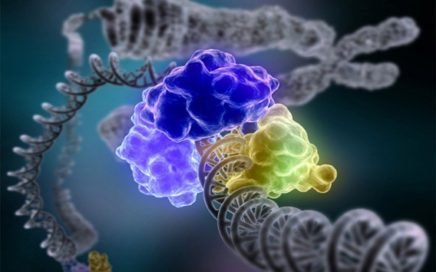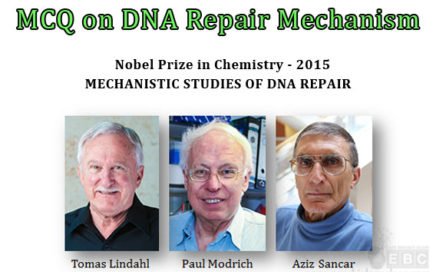
Nucleotide Excision Repair (NER) in Prokaryotes (DNA Repair Mechanism: Part IV)
What is Nucleotide Excision Repair (NER)? As the name suggests it is a type of DNA repair mechanism. In nucleotide excision repair or NER, the […]

What is Nucleotide Excision Repair (NER)? As the name suggests it is a type of DNA repair mechanism. In nucleotide excision repair or NER, the […]

Cancer is a disease of the genome. And that’s what happens. You make mistakes in a cell somewhere in your body that causes it to […]

Science is beautiful when it makes simple explanations of phenomena or connections between different observations. Stephen W. Hawking, 2011 What is Photoreactivation? Photoreactivation is a […]

“Genetic variation is important for evolution, but the survival of the individuals demand genetic stability” DNA is the genetic information carrier molecule in the cell […]

Molecular Biology MCQ-01: DNA repair is a cellular process that ensures the integrity and stability of the DNA molecule. The DNA in our cells can […]